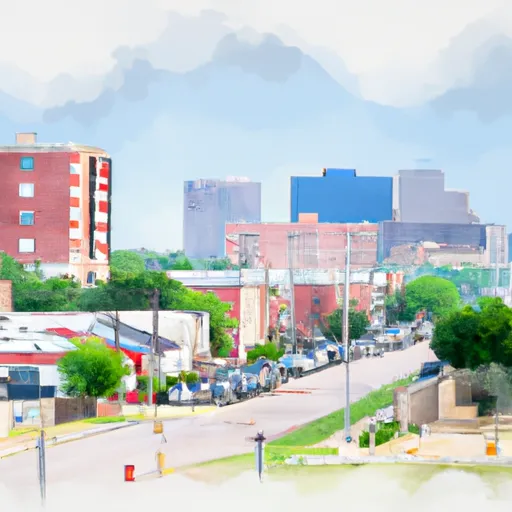°F
°F
mph
Windspeed
%
Humidity











La Salle, Texas is a small town located in La Salle County in the southern part of the state. The region experiences a hot semi-arid climate characterized by long, hot summers and mild winters. Average temperatures range from the low 90s°F (32°C) in summer to the low 60s°F (15°C) in winter. Precipitation is relatively scarce, averaging around 20 inches (51 cm) per year, with most rainfall occurring in the summer months.
La Salle is situated in the Eagle Ford Shale, a prolific oil and gas reservoir, making hydrology an important aspect of the area. The region's aquifers are vital sources of water, supporting agriculture, livestock, and local communities.
Outdoor enthusiasts can take advantage of various recreation opportunities in and around La Salle. The nearby Choke Canyon State Park offers activities such as fishing, boating, and birdwatching. The park's 26,000-acre reservoir is known for its excellent bass fishing. Additionally, hunting for deer, turkey, and other game species is popular in the surrounding area during designated seasons. The park also provides camping and hiking facilities, allowing visitors to immerse themselves in the natural beauty of the region.
Weather Forecast
La-Salle receives approximately 1054mm of rain per year, with humidity levels near 90% and air temperatures averaging around 22°C. La-Salle has a plant hardyness factor of 9, meaning plants and agriculture in this region tend to thrive here all year round.
Regional Streamflow Levels
420
Cubic Feet Per Second
0
Cubic Feet Per Second
0
Cubic Feet Per Second
65
Cubic Feet Per Second
Nearby Camping
| Camping Area | Reservations | Toilets | Showers |
|---|---|---|---|
| Lake Texana State Park | |||
| Austwell City Park | |||
| Town Square - Fayetteville | |||
| Rocky Creek - Lake Somerville | |||
| Indianola County Historic Park | |||
| Magnolia Beach |



